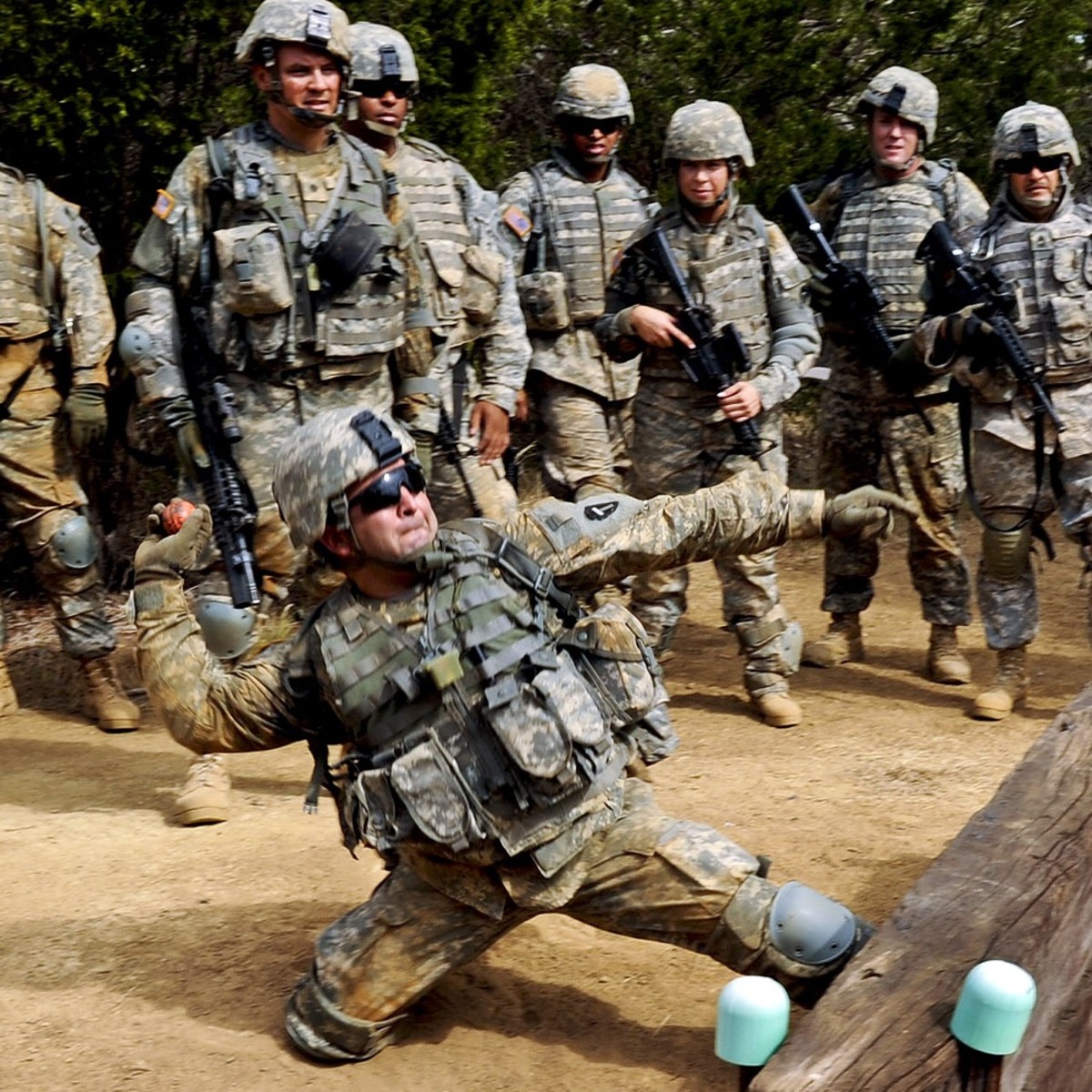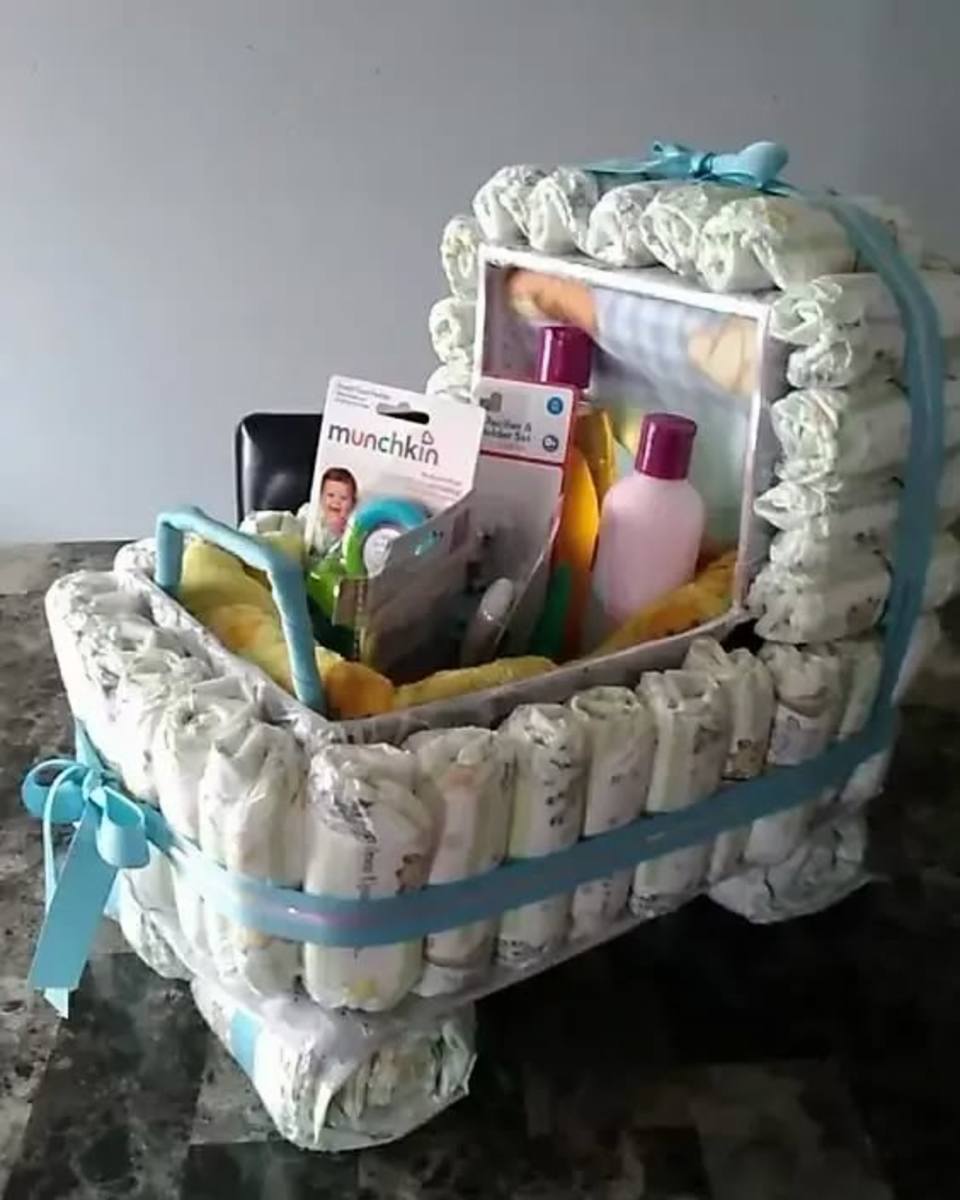Preparing for Severe Storms with a Large Family can be Hard, but Doesn't Have to be Overwhelming
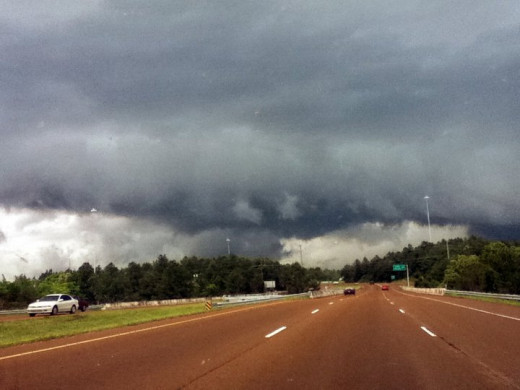
Know when it's coming.
Some say they are better off watching the weather on their own, others rely upon television or weather radios, but whatever the source, be sure to have a back up in case towers are down or power is out. I would highly suggest having more than one source. We personally have weather alert apps on our phones, a weather alert text subscription, and we watch our local news. Once you know the storm is coming and a general time frame, then it's time to begin preparing.
First a little background.
As I sit here preparing for yet another bad storm, I thought about how much easier it has been since we have our storm readiness plan in place. This was something we did not have, because like most naïve first time parents, it "didn't happen here" and "there's no reason to worry", but then it DID happen and there was need to worry. We were hit hard by the April 27, 2011 storm and lost 2 houses (renting one, and had just signed papers on the other), both cars, and everything we owned. We luckily had renters insurance because our landlord required it, and thankfully none of us were hurt despite the severity of it, but we were left with no transportation, no food, no clothing, no medications... nothing but what red cross could get to us. We stayed with family until our insurance claim came through, but the stress of it all caused major anxiety issues with our daughter and upset for our entire family. We only had one child then, but now with four, it is even more important to be prepared.
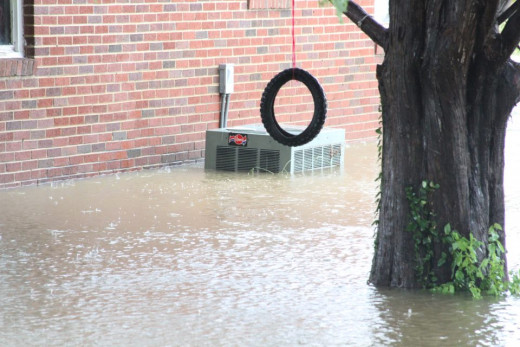
Important Items
First we find where our waiting location will be. This has varied greatly by where we were living at the time, but we insure we have a safe place to wait out the storm. In the past it has been with family who had a basement when we did not, but this time it will be our second bathroom, which is on the innermost part of our house with no windows. If you do not have a second location or a basement to stay at, be sure to move to the innermost room of your house and take cover. A bathtub is always a good option, and placing a mattress over you is a great idea to keep any debris from hitting you. Also keep in mind that if you will be going to a local shelter or to stay with family, to leave in time to insure you are there with at least 15 minutes to spare before the onset of the storm. Most cities and towns have shelters now, so please check with your local EMS to see where yours are located.
Second we find our "ICE" location. This is somewhere where we can go in case our home becomes unlivable again. Family, friends, or a hotel in the next town over are all good ideas.
After we have our locations set, we begin on our list:
Medications
2 outfits per family member
Diapers and Wipes
10 canned food items
Can opener
Portable water filtration kit (Britta pitcher works well for this)
Ready to drink water (I try for a 20 oz bottle per family member, I just like to have ready to drink for now, and water filtration for later in case it is needed)
Cash (a necessity because when grids are down, cards cannot be ran)
Heat source during winter, cooling source during summer (hot hands or propane camping heater and battery fans work well)
2 flashlights with extra batteries
100 pc pack of tea light candles
Lighter
Important papers in a sealed ziplock bag (especially a MUST as having your insurance policy printed on hand will speed things up, as will having birth certificates and social security cards for all family members in case of fema or other help requiring proof of citizenship, at least one power bill (also a big help for proof of address in case house were to be condemned), and health insurance information. As bad as it is to think about, having life insurance and a current will is not a bad idea either. Another good addition is a list of fema and other important numbers, as well as a list of doctors for each family member and any other important information that relief workers might need in the event that you cannot relay it to them.)
Other necessities (for us this would be diaper rash cream, extra contacts in case glasses are broken or contacts are lost, cell and computer chargers, our hard drive that contains family photos, and other personal items to make things easier.)
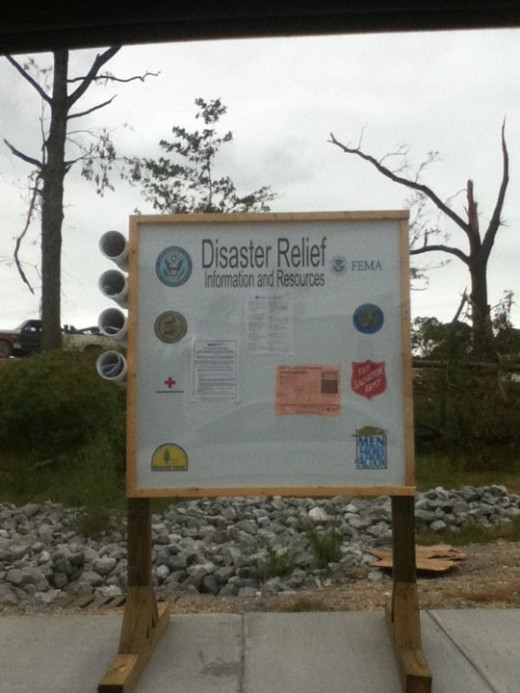
Things to Make Waiting Easier
Especially with kids, waiting for the storm and the time after without power will be the hardest. We have some room left in our emergency box once it is packed, so we try to fill that space with a couple of fun things. These can include:
A few favorite small toys
Travel board games
Tablet or computer to watch movies on (we use my hybrid laptop that has an 11 hour battery life and I charge it fully then pre-load it with 4-5 movies so that it is ready to go)
Coloring books and crayons
Snacks
Special items that calm each child (our kids like to feel big and help, so we have small flashlights for each one and let them "help" by taking turns being the light source, but whatever your child likes best will work great)
Ending Notes
The items above may seem like a lot, but they all fit in a big plastic tupperware container, which doubles as a great seat for our safe location and fits easily in our van. Be sure that you throw in any chargers for any electronics that you bring with you as well.
In all of this we have learned the single most important thing, to stay calm. Yes, it is hard, but our children feed off of us and I found quickly that when we panic, so do they. Even if you can't manage staying calm, try your hardest to pretend. Being scared for ourselves and our children is hard enough, but when they become inconsolable and scared, it only adds to our stress level and can actually cause more issues because then our senses to know when things are getting worse are lowered and we may miss an alert. Now that we prepare and have learned to stay calm, things move so much easier than they did before.





